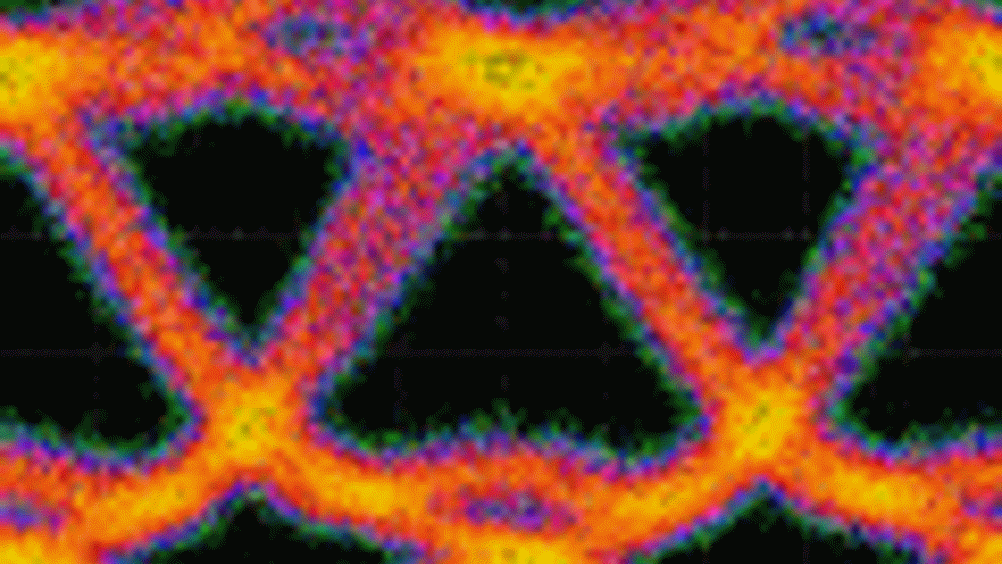Sensing danger
Scientists have developed a new breed of sensors that can survive incredible levels of pressure and heat.

Scientists have developed a new breed of sensors that can survive incredible levels of pressure and heat and that are helping researchers work out how to make buildings that could survive massive explosions.
Professor Julian Jones, of
The three new types of sensor use specially-engineered optical fibres which respond to changes in their environment. They can monitor blast-waves from high explosives, structural safety in tunnels, bridges and buildings, bending in critical aircraft components, and deterioration in weapons stockpiles.
Most modern sensors are electronic and work on the principle that temperature, pressure or stress affects the electrical behaviour of the sensor. Usually, a computer measures these changes to produce a digital readout. But electronic sensors can be impractical, unreliable and even dangerous when used in the wrong conditions.
Register now to continue reading
Thanks for visiting The Engineer. You’ve now reached your monthly limit of news stories. Register for free to unlock unlimited access to all of our news coverage, as well as premium content including opinion, in-depth features and special reports.
Benefits of registering
-
In-depth insights and coverage of key emerging trends
-
Unrestricted access to special reports throughout the year
-
Daily technology news delivered straight to your inbox










UK Automotive Feeling The Pinch Of Skills Shortage
Not so much attracting skills to the UK but generating skills within the UK is what is needed! That statement suggest they are in effect wanting to...